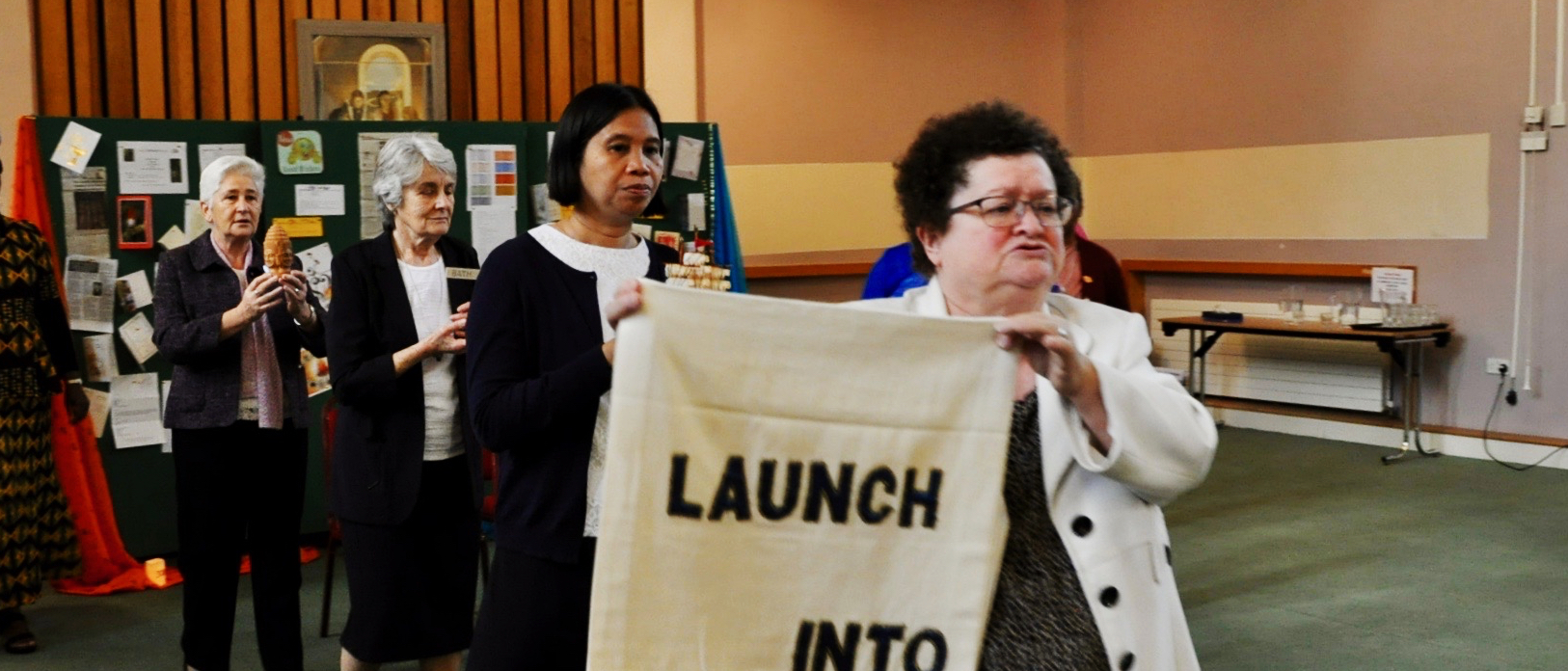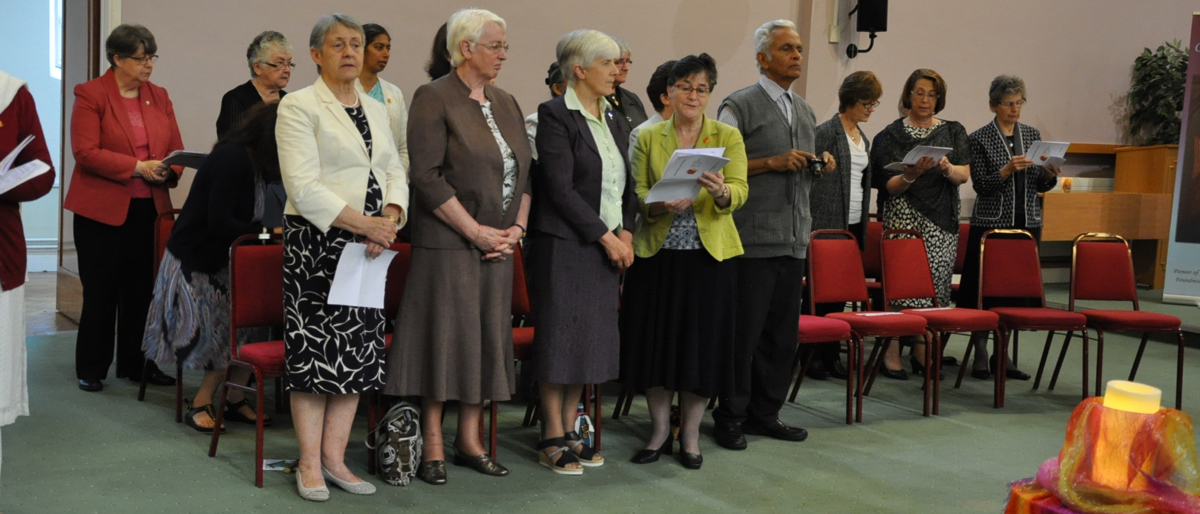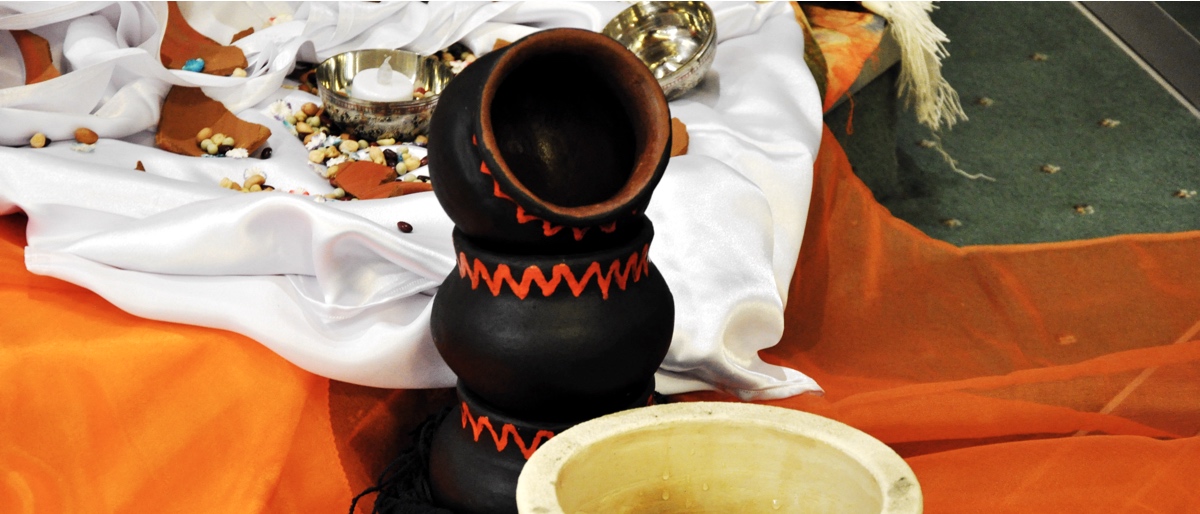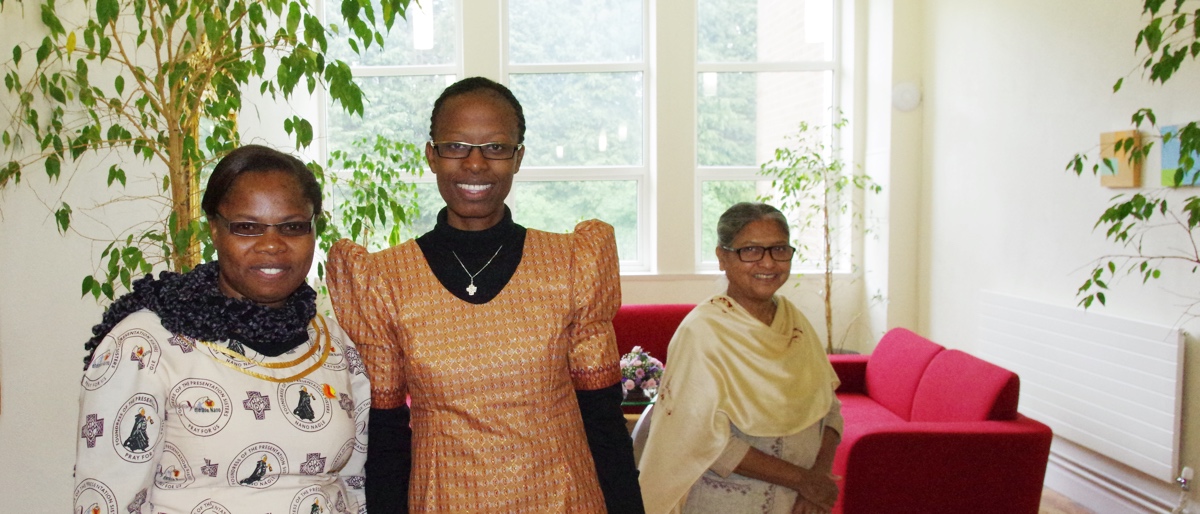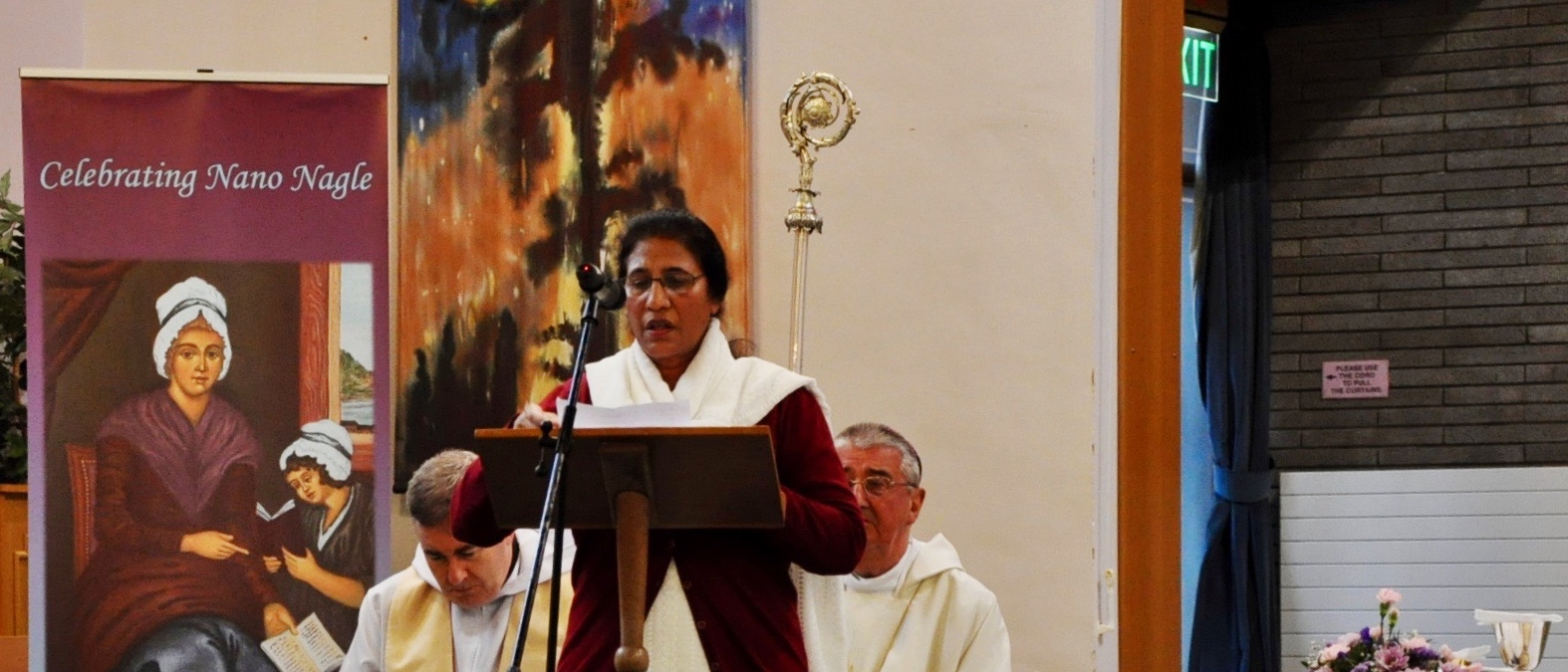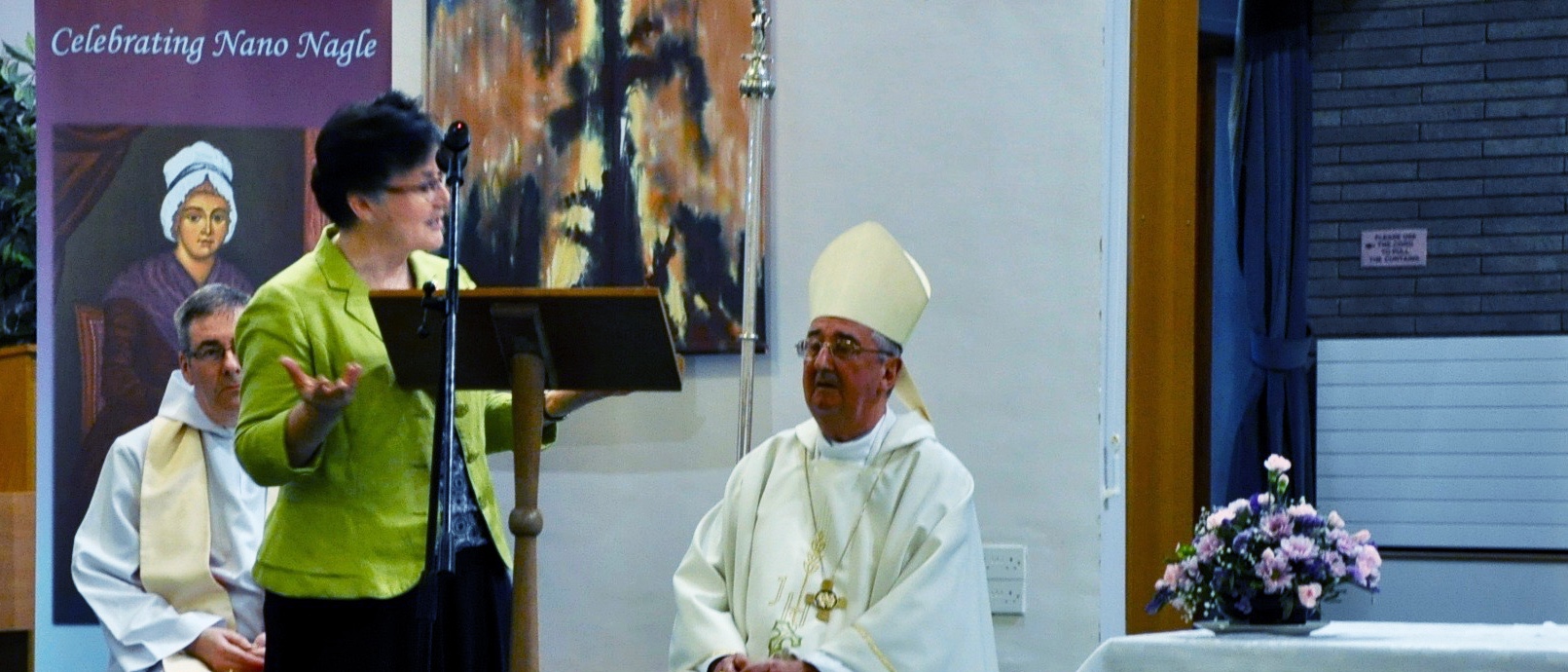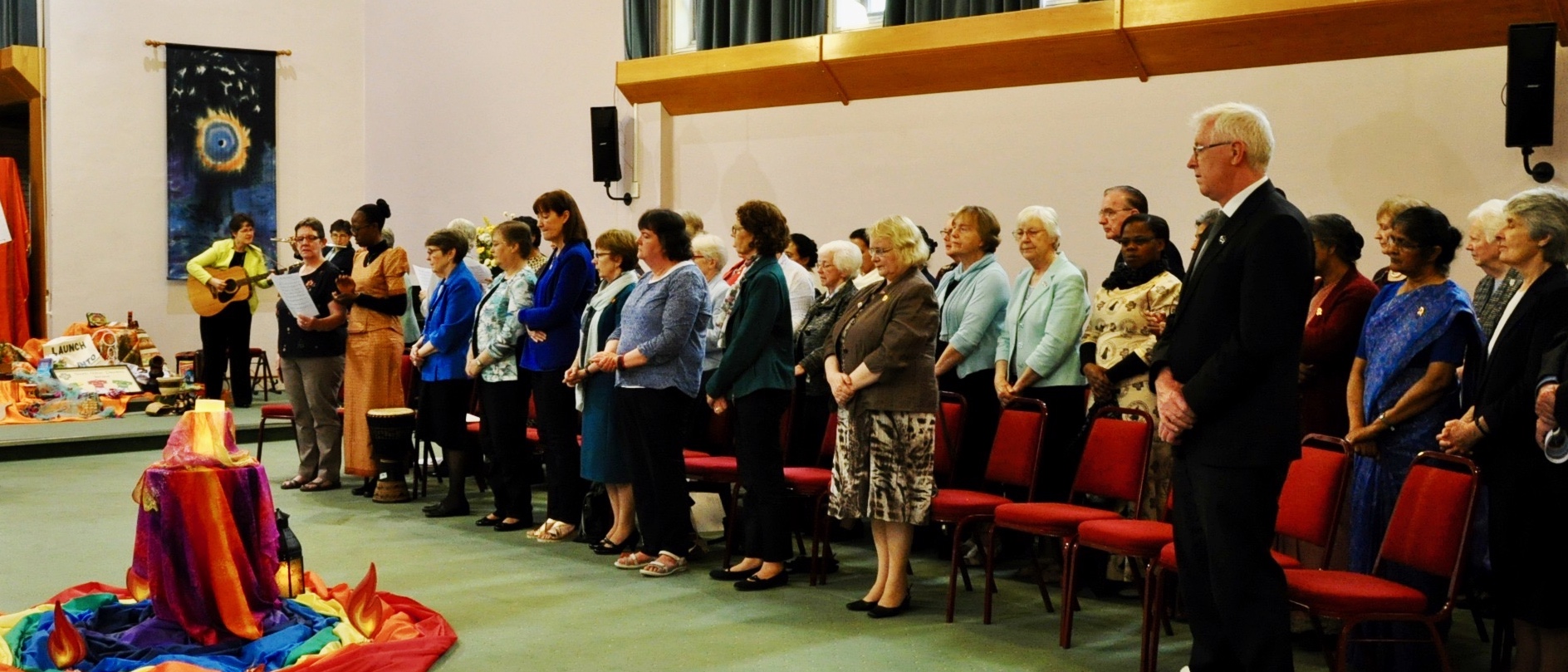We are in a very special place of worship here in St. Finbarr’s South. Since 1776 people have worshipped in this sacred space; people have been baptised here, received the other Sacraments here, been buried from here. The church has witnessed every aspect of human life, religious, social, political, in its more than 250 years of existence.
This church was built to replace the one which was at the junction of Douglas Street and Nicholas Hill. That church collapsed when Fr. Coleman Sarsfield was the Parish Priest, giving rise to the need for a new building. Fr. O’Brien O.P. was the Parish Priest who initiated the construction of this church. The date 1766 is to be seen on the front gable wall. As the church was erected during the Penal Laws period it had to be invisible from the street and it could not have a steeple or a bell. Catholic churches were known as chapels or Mass Houses; this church is still referred to as “South Chapel”.
Nano Nagle would have witnessed the erection of this church, and from the time it was first opened it acted as the community chapel for Nano and her Sisters in religion. We know that each morning before she set out to visit her seven schools in the city that Nano spent at least four hours in prayer here before the Blessed Sacrament. On the Holy Thursday night, a few weeks before she died, Nano spent eleven hours in adoration, and she knelt the entire period, as was never seen to sit when the Blessed Sacrament was exposed.
Nano introduced the Ursuline Sisters to Cork in 1771; when she founded her own Congregation in 1775 the P.P. of St. Finbarr’s was Fr. Francis Moylan; he later was ordained Bishop of Cork. Fr Moylan was a staunch supporter of Nano in her work of education, visitation of the sick and prisoner, and care of the poor.
In the south transept of this church there is an interesting funerary monument called “The Shaft of Death”. It was sculpted by James Heffernan, and it depicts Bishop Moylan tending to his Coadjutor Dr. Florence McCarthy on his deathbed in June, 1910.
There are two significant shrines in the church. In the Chapel of Our Lady is the shrine of Venerable Nano Nagle; it contains a copy of the Icon of Nano by the artist Desmond Kyne. In the former Baptistry is the shrine in honour of Venerable Mary Aikenhead. She lived in nearby Rutland Street in the early 19th century; she was converted to Catholicism and baptised in this church; she later founded the Irish Sisters of Charity.
On the gable wall behind the altar are two roundels the work of Con O’Sullivan; one depicts Nano Nagle at work teaching the local children; the other shows St. Finbarr also at his work of educating; we recall the motto of UCC: “Where Finbarr taught let Munster learn”.
The outstanding decorative feature of the church is, of course, the sculpture of The Dead Christ, under the altar. This was sculpted by the famous John Hogan, who lived locally in Cove Street. The date on the sculpture is 1832. The English architect, George Goldie designed the altar within which the sculpture is situated. This same architect is credited with designing the Goldie Chapel in Nano Nagle Place.
A striking statuary group in the church is that of the Holy Family. These was a branch of the Archconfraternity of the Holy Family in this church for many decades. Given that the World Meeting of Families will take place in Ireland in August 2018, this depiction of the Holy Family is worth more than a glance!
Nano Nagle’s whole apostolate was centred on the poor; this parish has an association called the Sick Poor Society; its building is situated behind this church; it is still doing charitable work in the city.
The South Chapel was used for public meetings on a few occasions: in 1814 the people met to oppose the proposed Veto, which would permit a Royal Commission to approve Episcopal appointments. In 1827 there was a huge meeting held here in the lead up to the demand for Catholic Emancipation; Daniel O’Connell, the Liberator, attended that meeting. A similar meeting was held in 1828; Emancipation was granted in 1829.
Apart from the Ursuline and Presentation Sisters there were other groups of religious in the Parish from an early period: the Capuchin Fathers were originally on this side of the river, and Fr. Theobald Matthew (a relative of Nano Nagle through her mother’s family), the Apostle of Temperance, worked nearby; a reminder of his work is retained in the same “Sober Lane”. Catherine McCauley and the Mercy Sisters began work in Cork in nearby Rutland Street; St Marie’s of the Isle is the current location in this parish of the Mercy Convent. In the 19th century the Presentation Brothers and the Christian Brothers had schools nearby; the “South Mon” and “Sullivan’s Quay” are names familiar to generations of Cork people.
In 1984 the Presentation Sisters celebrated the bicentenary of the death of Nano Nagle in this church; in 2009 we celebrated the 225th anniversary of the foundation of the Order in this church, and in 2013 we rejoiced in the declaration of Nano as Venerable Nano Nagle. And today, in 2018, we celebrate the tercentenary of the birth of Nano Nagle in a church changed, yes, but probably very familiar still, as the church in which Nano and her fledgling congregation worshipped all those centuries ago.
As we process from here to Nano Nagle Place let us be aware of the humble beginnings of Nano’s work in her three little cabin schools, her small convent, her almshouse for poor women, and the Ursuline convent on Cove Lane, now Douglas Street; let us give thanks for all that has been accomplished through her life and work; may we be inspired by her example; as she was the Lady of the Lantern in her time, may we in our time, be people of love, hope and light!
Sr Emer Madigan, pbvm
